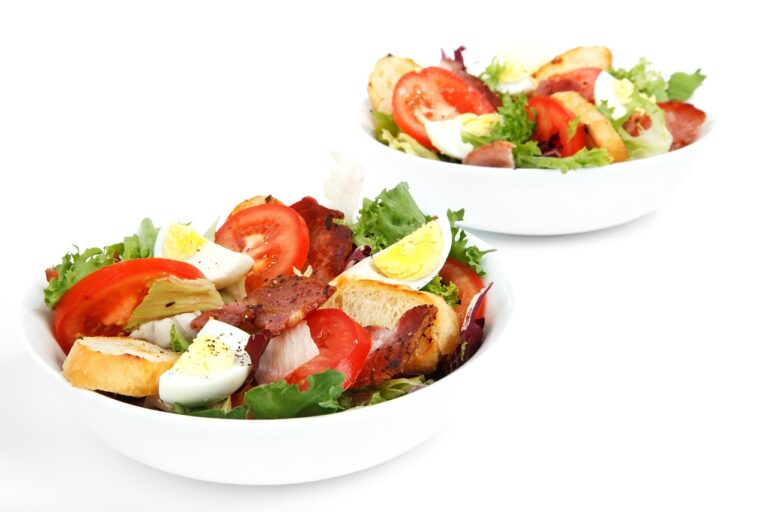The Benefits of High-Intensity Interval Training for Weight Loss
High-Intensity Interval Training (HIIT) has gained popularity in the fitness world due to its effectiveness in burning calories in a short amount of time. This form of workout involves alternating between intense bursts of exercise and short periods of rest or low-intensity activity. The primary mechanism behind HIIT’s efficacy lies in its ability to increase the body’s demand for oxygen during and after exercise, leading to a phenomenon known as excess post-exercise oxygen consumption (EPOC).
EPOC, often referred to as the afterburn effect, is the additional calories burned post-exercise to restore the body to its pre-exercise state. HIIT workouts challenge the body by pushing it to its limits during intense intervals, causing a significant oxygen debt. In response, the body works harder to return to its resting state, burning more calories in the process. Additionally, HIIT is believed to enhance mitochondrial function, improve insulin sensitivity, and promote fat oxidation, making it a valuable tool for both fitness enthusiasts and those looking to optimize their weight management goals.
How HIIT Boosts Metabolism
High-Intensity Interval Training (HIIT) has gained popularity for its effectiveness in boosting metabolism. The intense bursts of activity followed by short rest periods push the body to work harder, leading to an increased calorie burn both during and after the workout. This phenomenon, known as excess post-exercise oxygen consumption (EPOC), causes the body to consume more oxygen to restore itself to a resting state, thus revving up the metabolism.
Moreover, HIIT has been found to increase the production of mitochondria in muscle cells. Mitochondria are often referred to as the powerhouse of the cell, as they play a crucial role in producing energy. By enhancing mitochondrial function through HIIT, the body becomes more efficient at utilizing oxygen and nutrients, thereby boosting overall metabolism. This increase in metabolic rate not only aids in burning more calories during exercise but also contributes to continued calorie burn post-workout.







